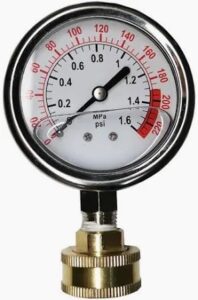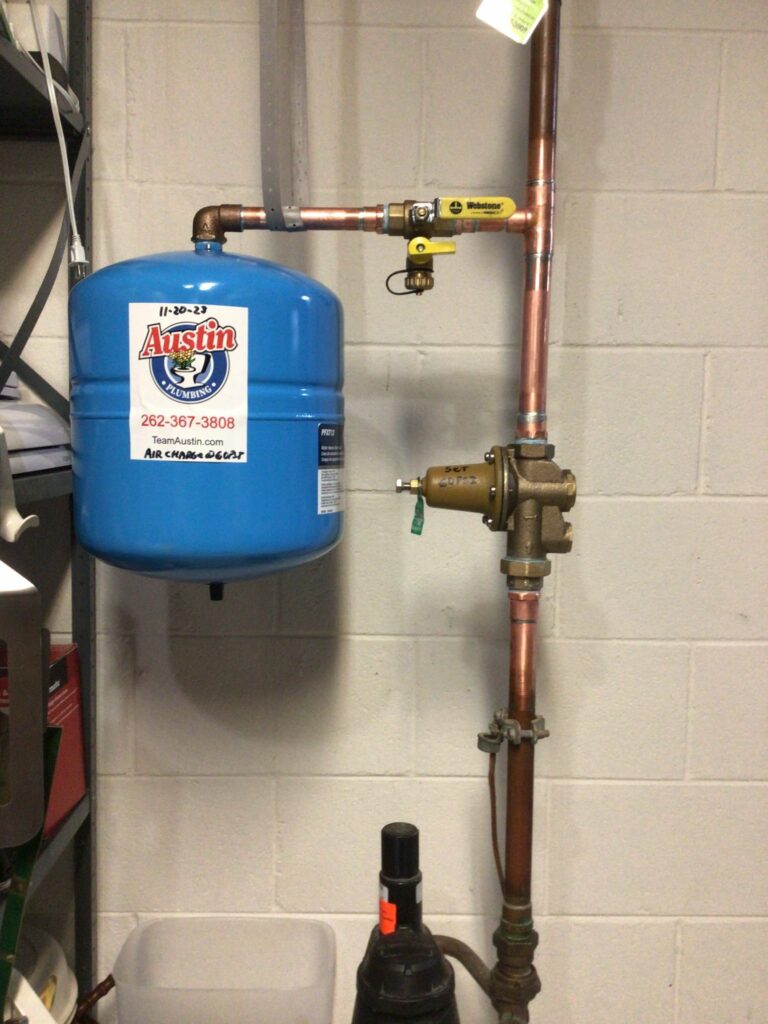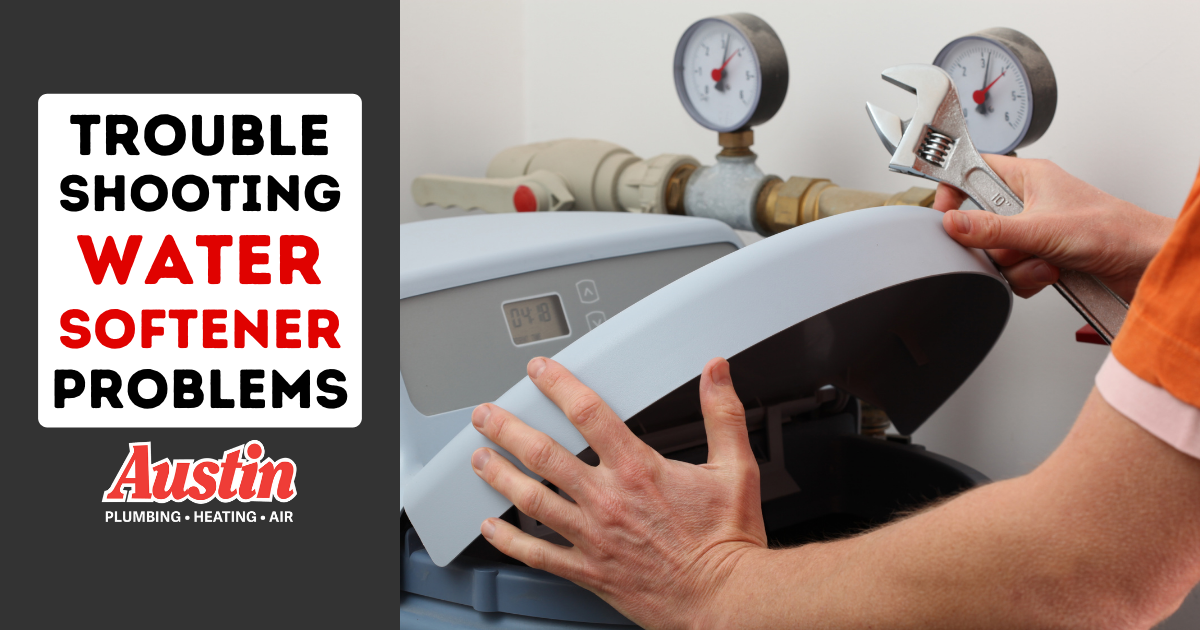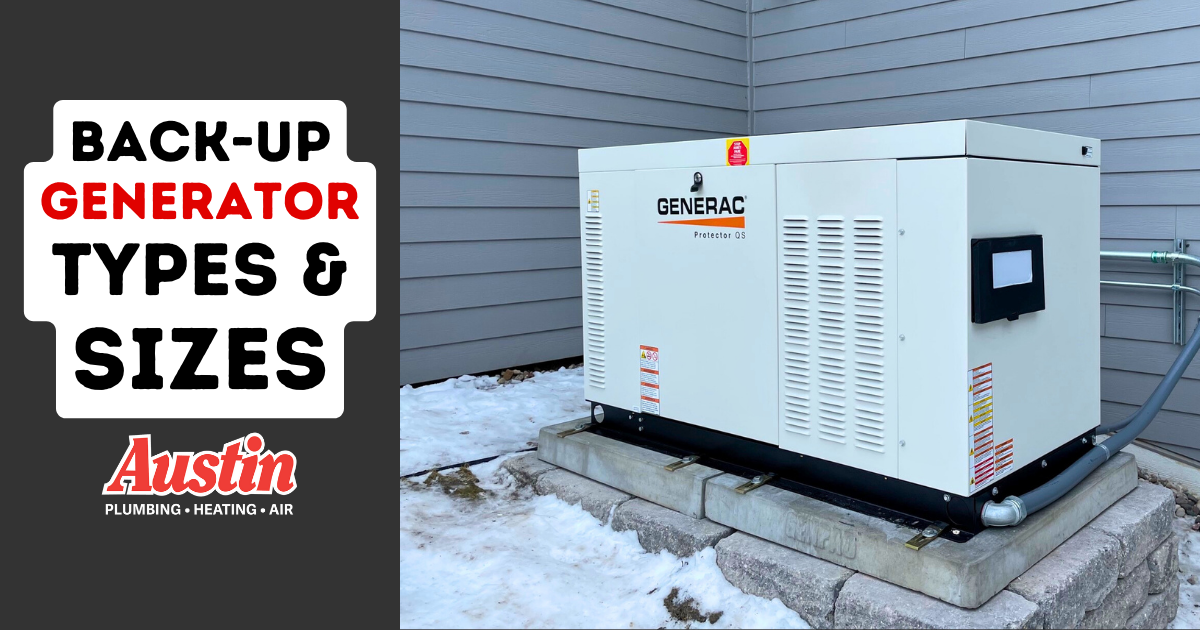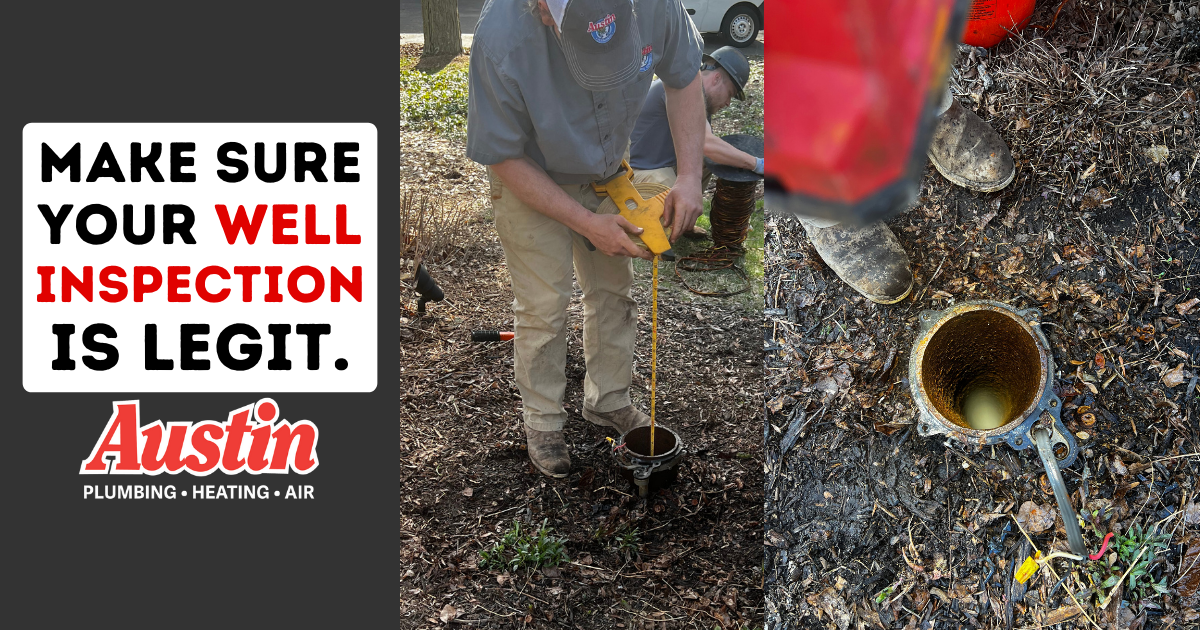Pressure Reducing Valves 101
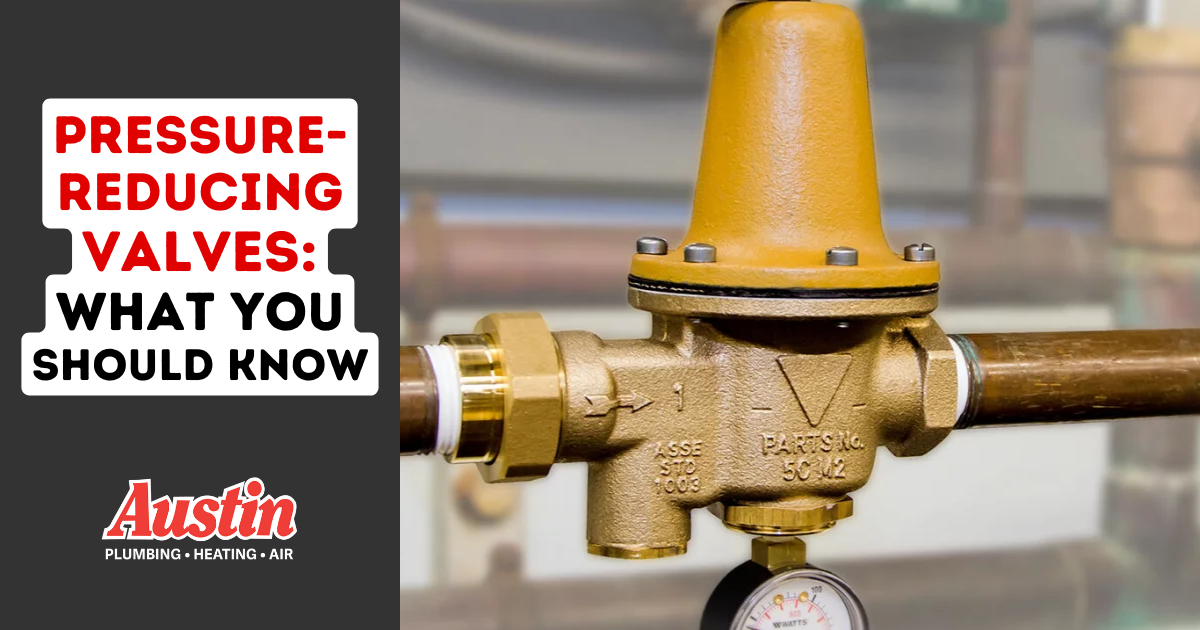
The pressure’s on: our Master Tradesman answers Wisconsinites’ most common questions about pressure-reducing valves.
PRV’s are as common as water heaters in most plumbing systems across the nation. Specifically those plumbing systems served by large water utilities, or are in or around growing and sprawling metropolitan areas. Until recently, running into a PRV installed in a Wisconsin home was a rare occurrence. With the need for a pressure reducing valve higher than ever (pun intended) in Wisconsin, we unpack everything you need to know about this oldie but goodie plumbing devise such as:
- Why the need for PRV’s is growing in Wisconsin
- How they increase the life of your plumbing system
- How much does a PRV installation cost?
- Are there ongoing PRV costs?
What is a pressure reducing valve?
A pressure reducing valve or also commonly called in the plumbing industry as a PRV is a safety device installed on the incoming water supply that reduces high city water pressure down to safe level for the plumbing system. There are many different types of pressure reducing valves in the market but they all work in a similar fashion, and have similar installation requirements such as isolation valves and the installation of an expansion tank. PRV’s are adjustable so water pressure can be adjusted to your plumbing systems requirements.
Why is a PRV needed in the first place?
A couple of key points to consider here:
- For safety, State & Federal Plumbing Code (including Wisconsin’s own Plumbing Code) state that the maximum allowed water pressure in a home is 80 PSI.
- The bigger the city (or the further the city has to push water), the higher the incoming water pressure.
As you can see, this is a double edged sword. We don’t want the pressure in our homes too high (for reasons we will cover further down), but as cities grow and expand, they have to turn up the pressure at the city water distribution sites in order to continue to serve the community. The closer your home is to the distribution site, the higher your water supply pressure is and if you’re at the end of the line, your water pressure is much lower meaning you may not need a PRV.
The PRV boom in Waukesha, Wisconsin
For Waukesha homeowners who now have Milwaukee water, a PRV is likely required to ensure safe and efficient operation of the plumbing system.
When the City of Waukesha recently switched to Milwaukee water, this caused the exact issue we pointed out in the section above. Waukesha is far away as far as water is concerned from Milwaukee, which requires a ton of pressure to push it that distance. Once it gets to Waukesha, that water has lost a lot of water pressure along the way, so the Waukesha water utility repressurizes the water using booster pumps so that it can get all the way to everyone’s home.
How to tell if you need a PRV
A simple water pressure test will tell you everything you need to know about if you need a PRV or not. To test the water pressure in your home, you need:
- A pressure gauge
- A way to affix it your plumbing system
A water pressure test gauge like this can be purchased at local hardware stores or Amazon for $10-$20.
If you’re in our service area, Austin Plumbing, Heating & Air can come to your home and perform a comprehensive water pressure analysis for less than $149.
If your water pressure tests under 70 PSI, no action is needed.
If your water pressure tests over 70 PSI, you should have a PRV installed.
Wait. You just said that Code indicates 80 PSI and over requires a PRV. Are you trying to pull a fast one on me, Austin?
Not in the least bit. What we have found is that water pressure surges and fluctuates based on the time of day, day of the week, etc. Remember that the exact pressure at your home is based on many factors you don’t control before that water gets to your home. If you’re within 10 PSI of the max, a PRV is strongly recommended.
Where are we noticing the highest water pressure?
We service most of Southeast Wisconsin and are in a lot of homes. We have been noticing alarming water pressure in the following areas listed below. Please note that just because you live in this area doesn’t mean you have high water pressure, as water pressure varies significantly even in the same water utility area.
Areas serviced by:
- Waukesha Water
- Pewaukee Water
- Oconomowoc Water
- Menomonee Falls Water
- Brookfield Water
- Hartland Water
What are the benefits of having a PRV & what are the risks if you don’t get one?
Safety- High water pressure in a plumbing system is just like high blood pressure in your body. Excess water pressure can cause safety issues within the plumbing system related to bursting pipes and rupturing water heaters and other plumbing appliances.
Water conservation- Excess water pressure leads to an extreme amount of water waste. Manufacturers of PRV’s suggest that reducing a home’s water supply pressure to the 50-60 PSI range will reduce water consumption by 30 percent, saving hundreds of dollars per year.
Reduce plumbing breakdowns- Leaks in plumbing piping and fixtures happen because of erosion and corrosion. Excessive water pressure exponentially increases the wear on the inside of the plumbing system.
Water heaters last longer- Nothing good happens to a water heater with excessive water pressure. The tank will fail much sooner than it should and you’ll spend a ton more money on heating hot water that is being wasted due to high water pressure.
How much does a PRV (Pressure Reducing Valve) installation cost?
Most of the PRV’s that Austin Plumbing, Heating & Air installs are in homes that do not currently have an existing PRV. For that reason, there are some installation variables that do impact the overall cost.
The average pressure reducing valve installation in Wisconsin is $1200-$1800 and should include isolation valves, test, adjustment gauges and an expansion system.
At the point an existing PRV is ready to be replaced in 5-10 years, the replacement cost will be much less than the initial installation cost, assuming a similar style valve is still available. For a direct replacement of an existing PRV, one could expect to invest $700-$900.
Is the city responsible for the cost of a PRV?
No, the installation, replacement and maintenance of a PRV is the responsibility of the homeowner.
This is a logical question because it’s the city’s pressure that you are having to reduce. However, the answer is no. The city’s responsibility is to provide water to your home. In fact, there are some areas where the opposite of high water pressure is true and people need to install booster pumps to increase the water pressure to their home just so they can run multiple plumbing fixtures at once.
Who installs pressure reducing valves?
If you live in Southeast Wisconsin and are looking for a plumbing, heating, & air contractor that installs pressure reducing valves, Austin Plumbing, Heating & Air is your best choice. Austin has been providing plumbing, heating, air conditioning, water treatment and well pump services for over 80 years, has two local shops and the best plumbers in the industry. To book an appointment for any plumbing, heating, air conditioning, or water related service, call 262-367-3808 or book online.
